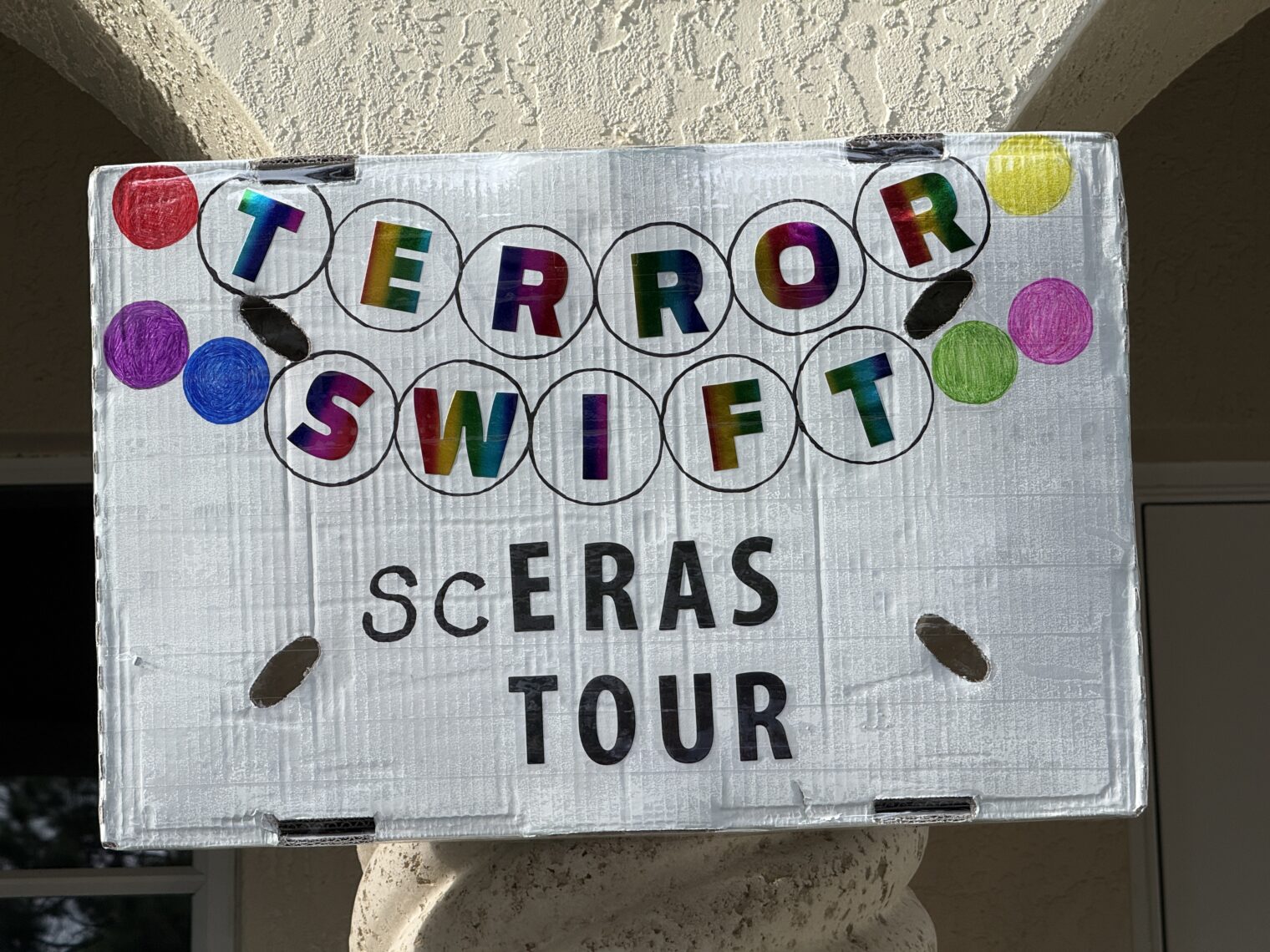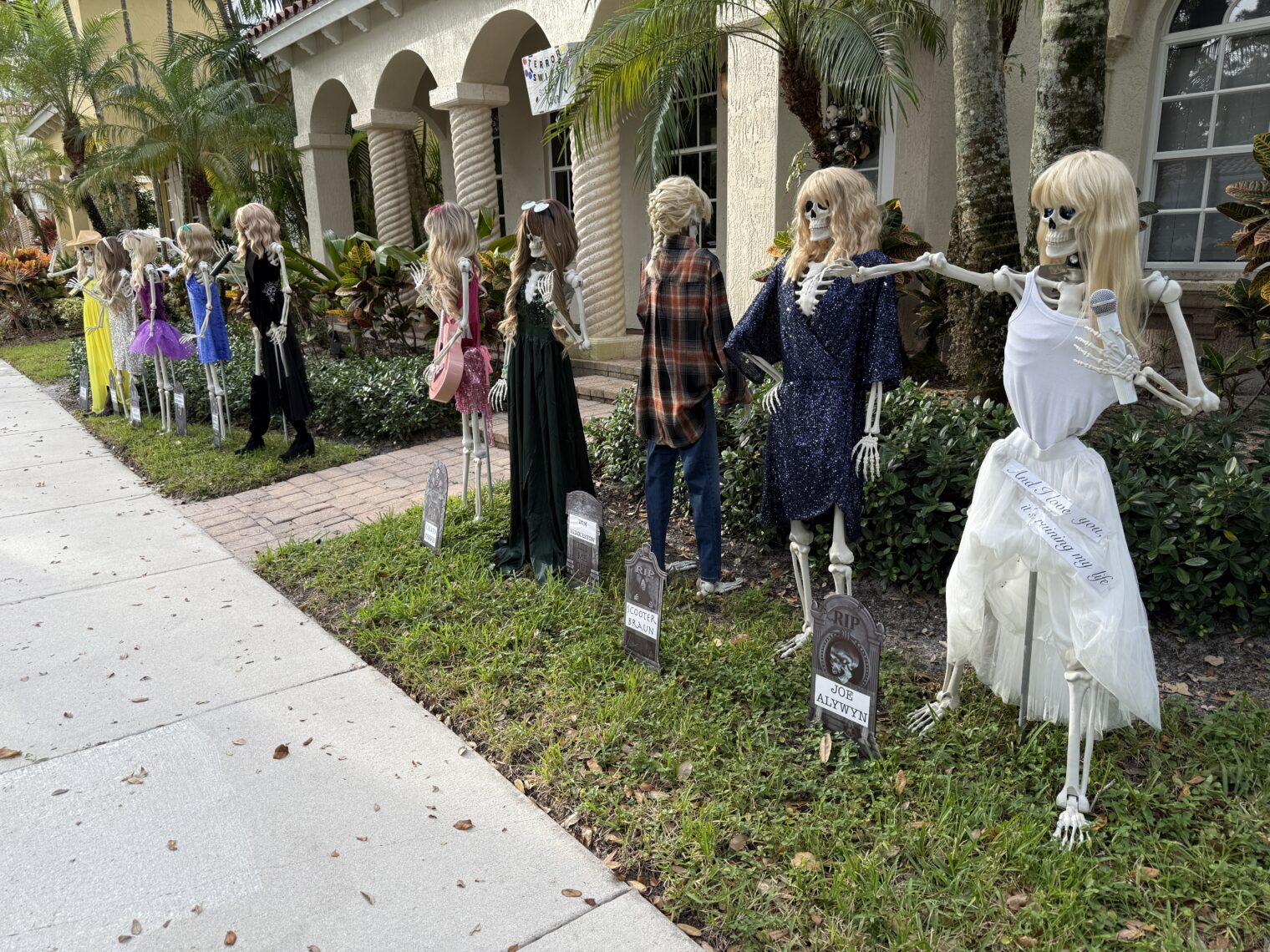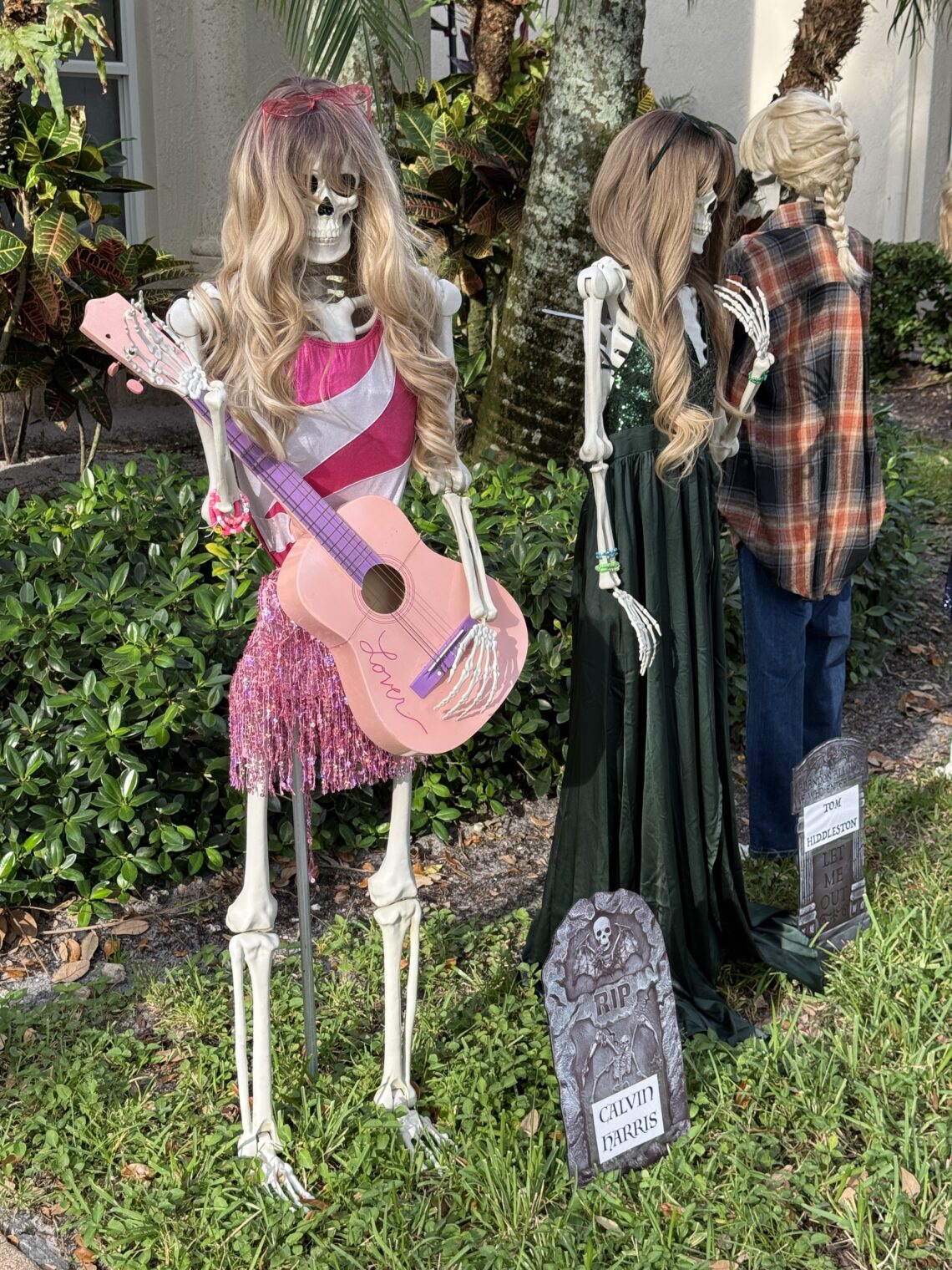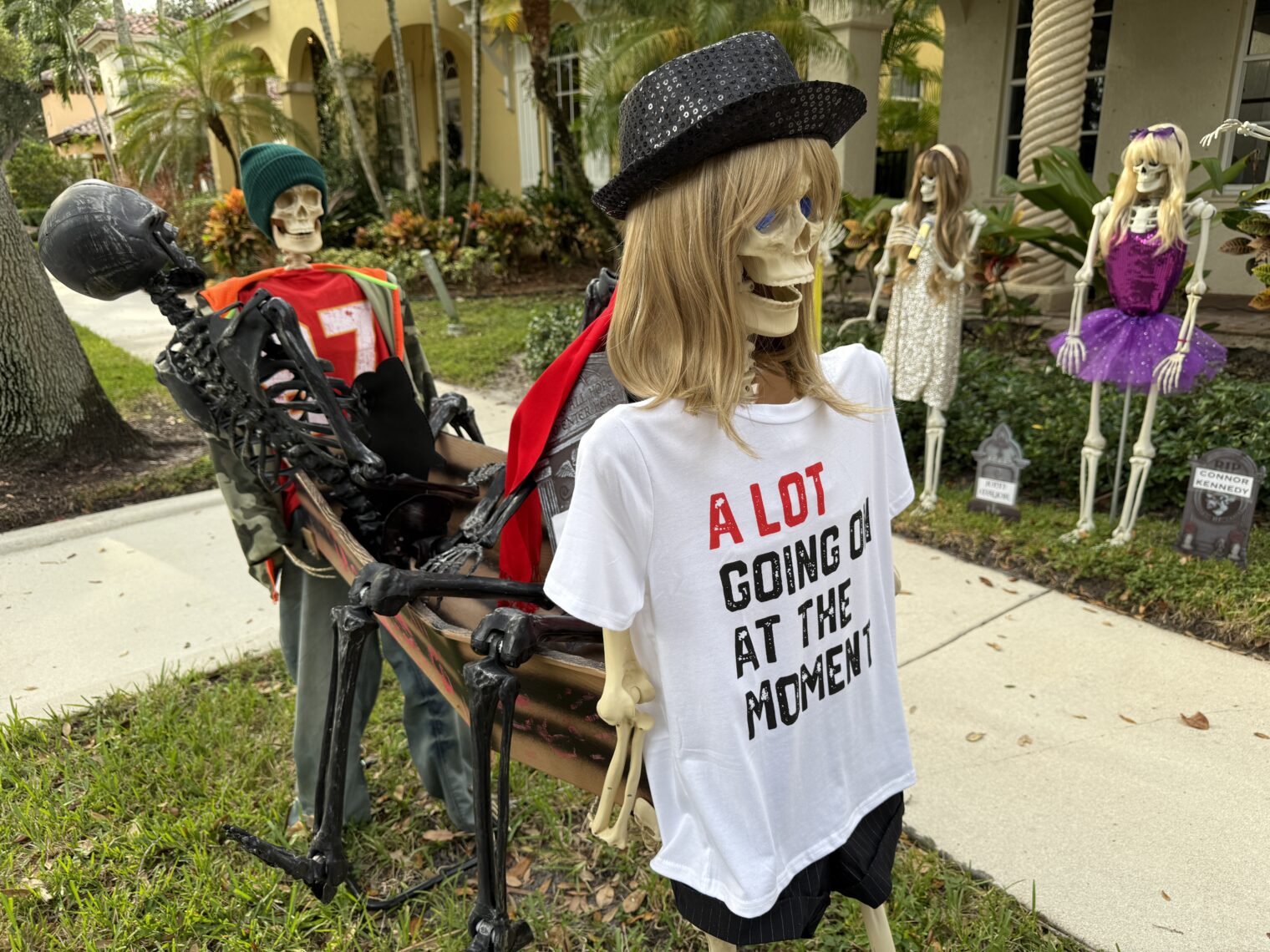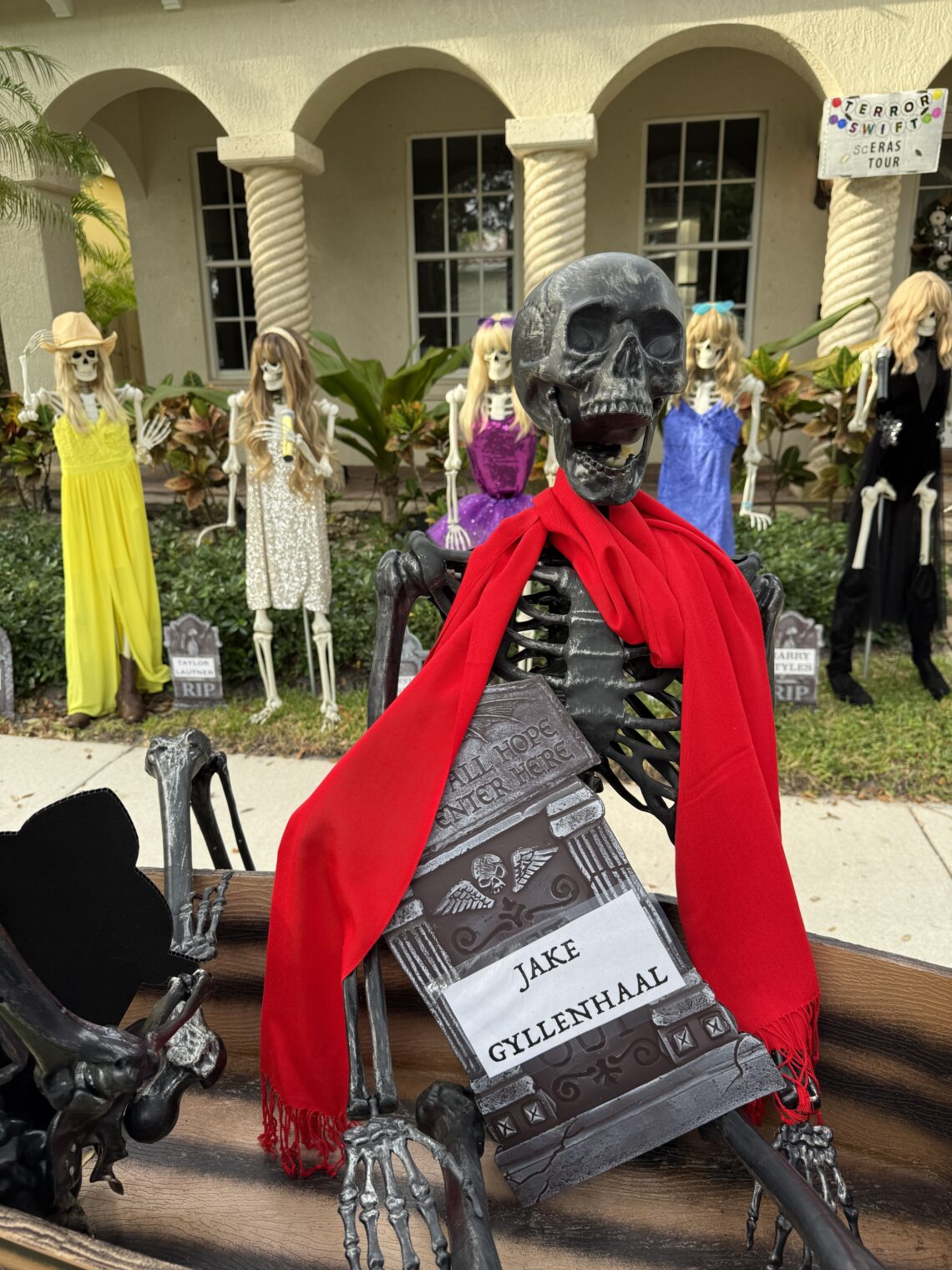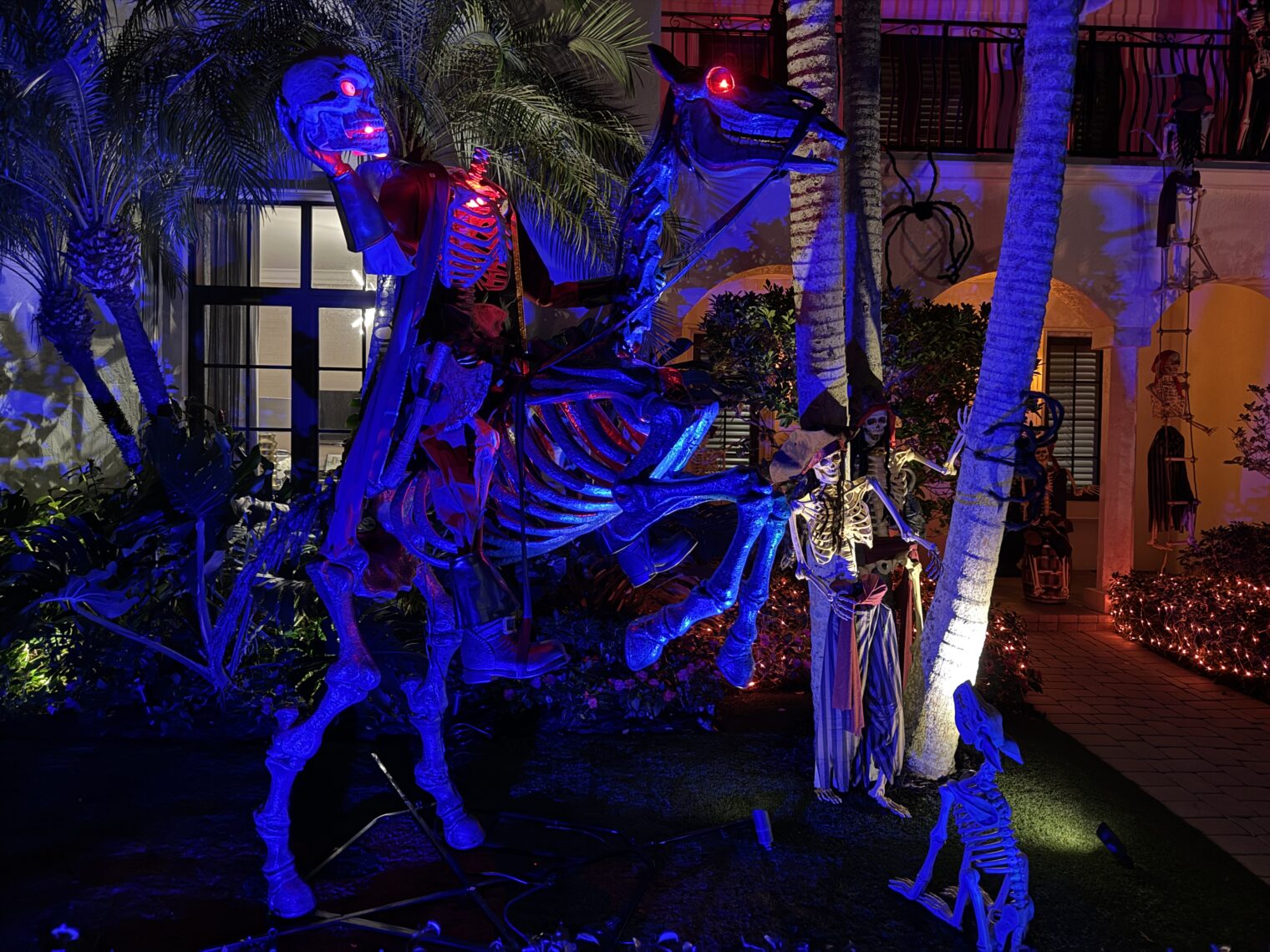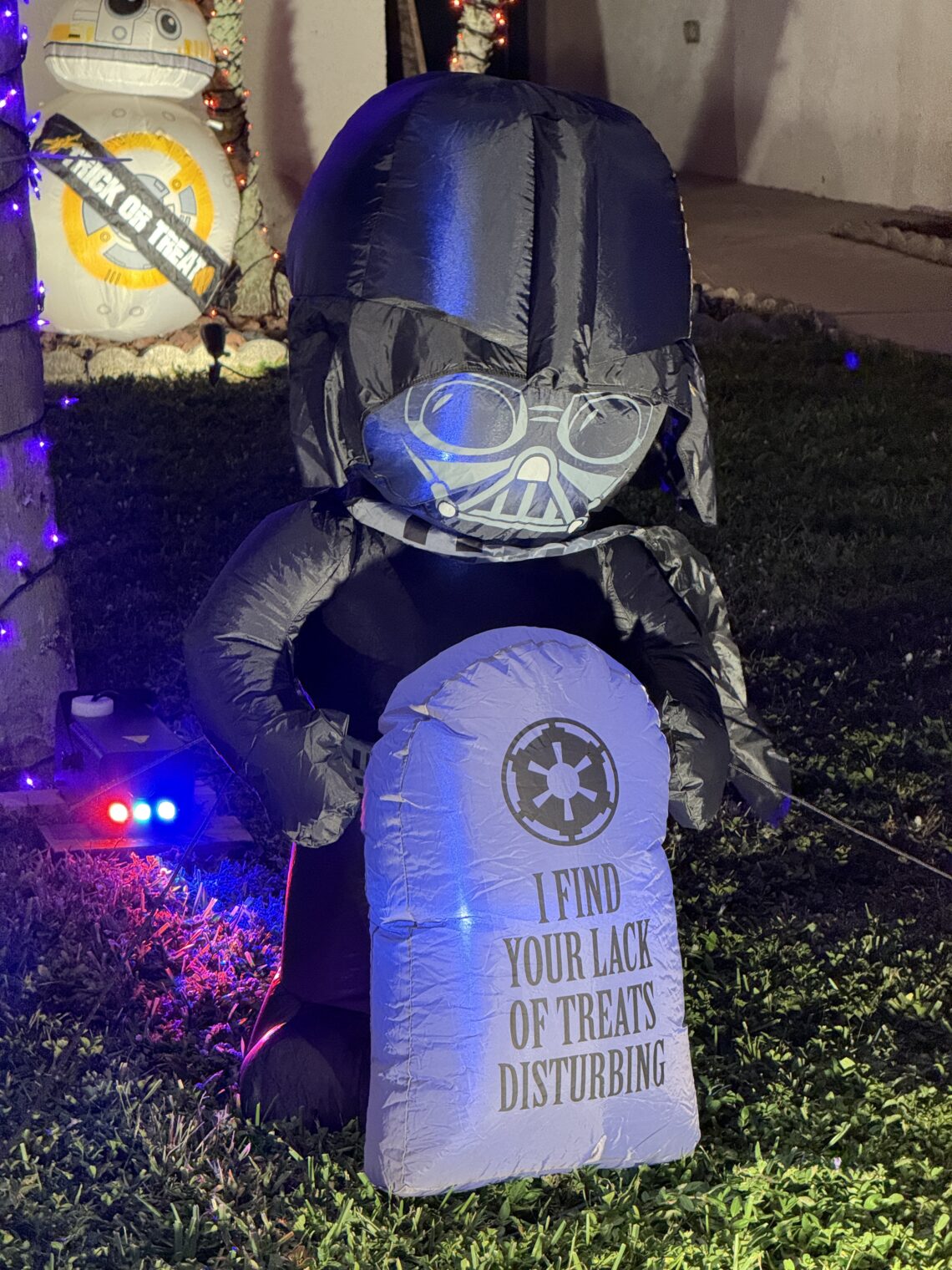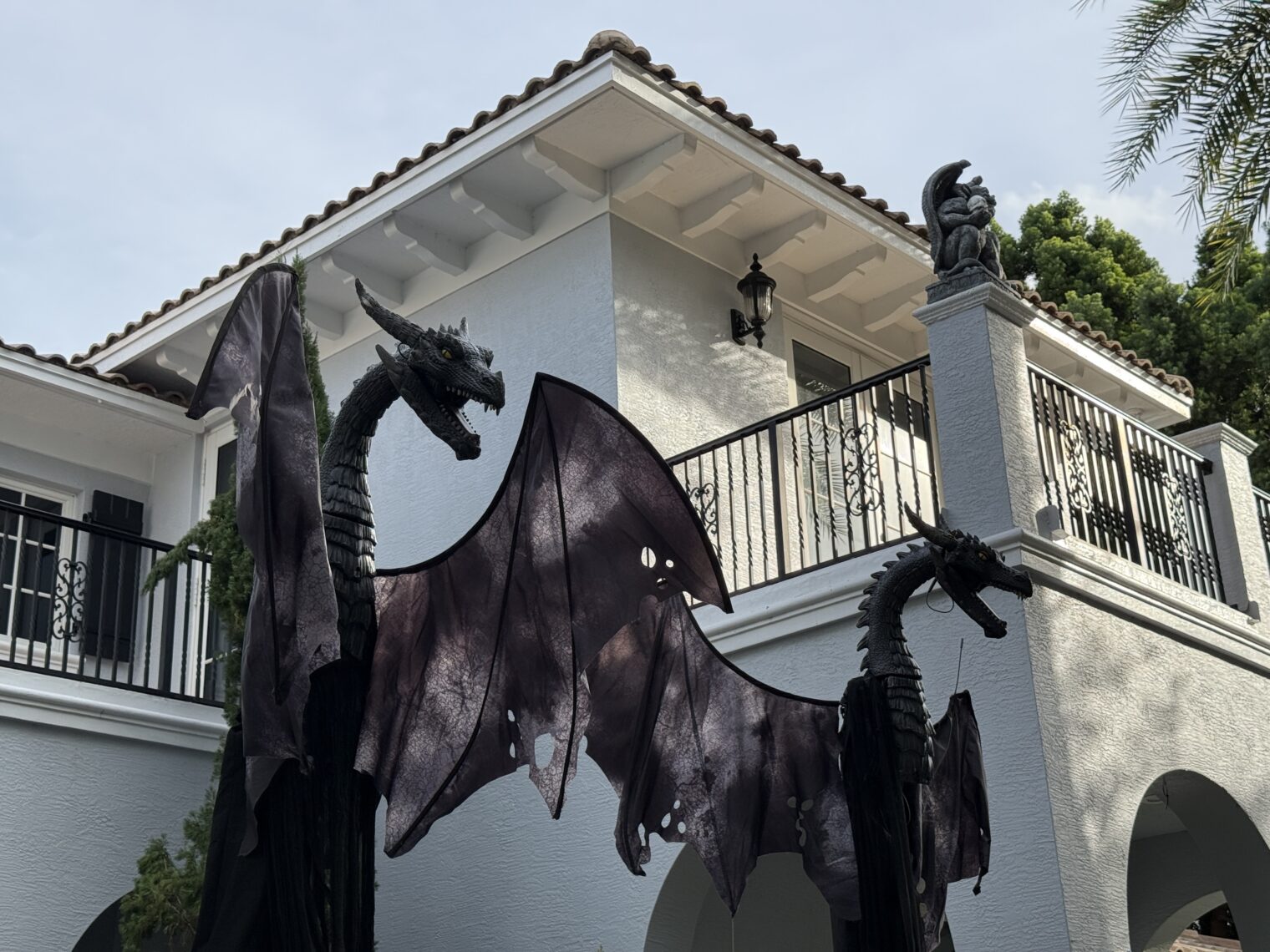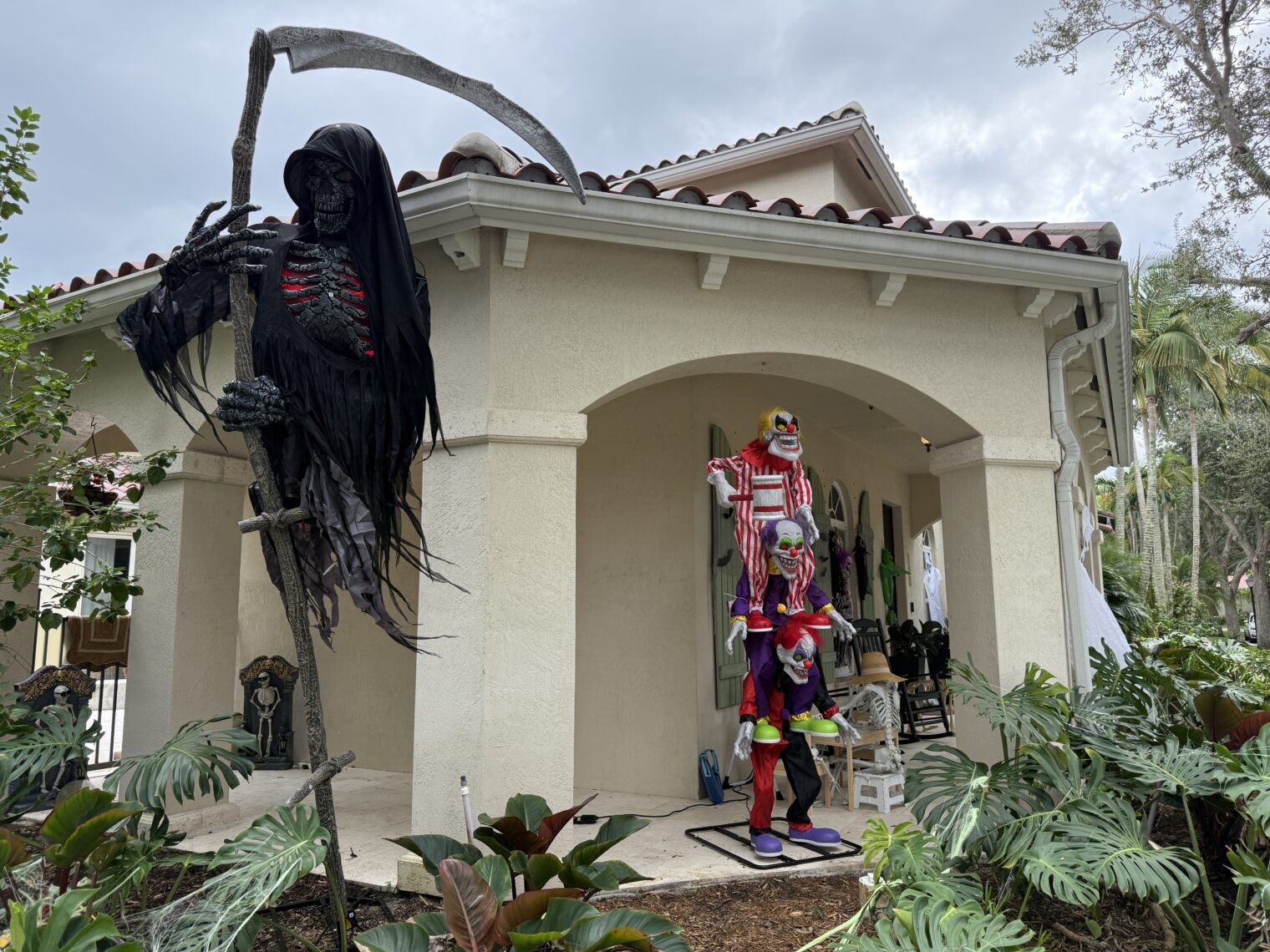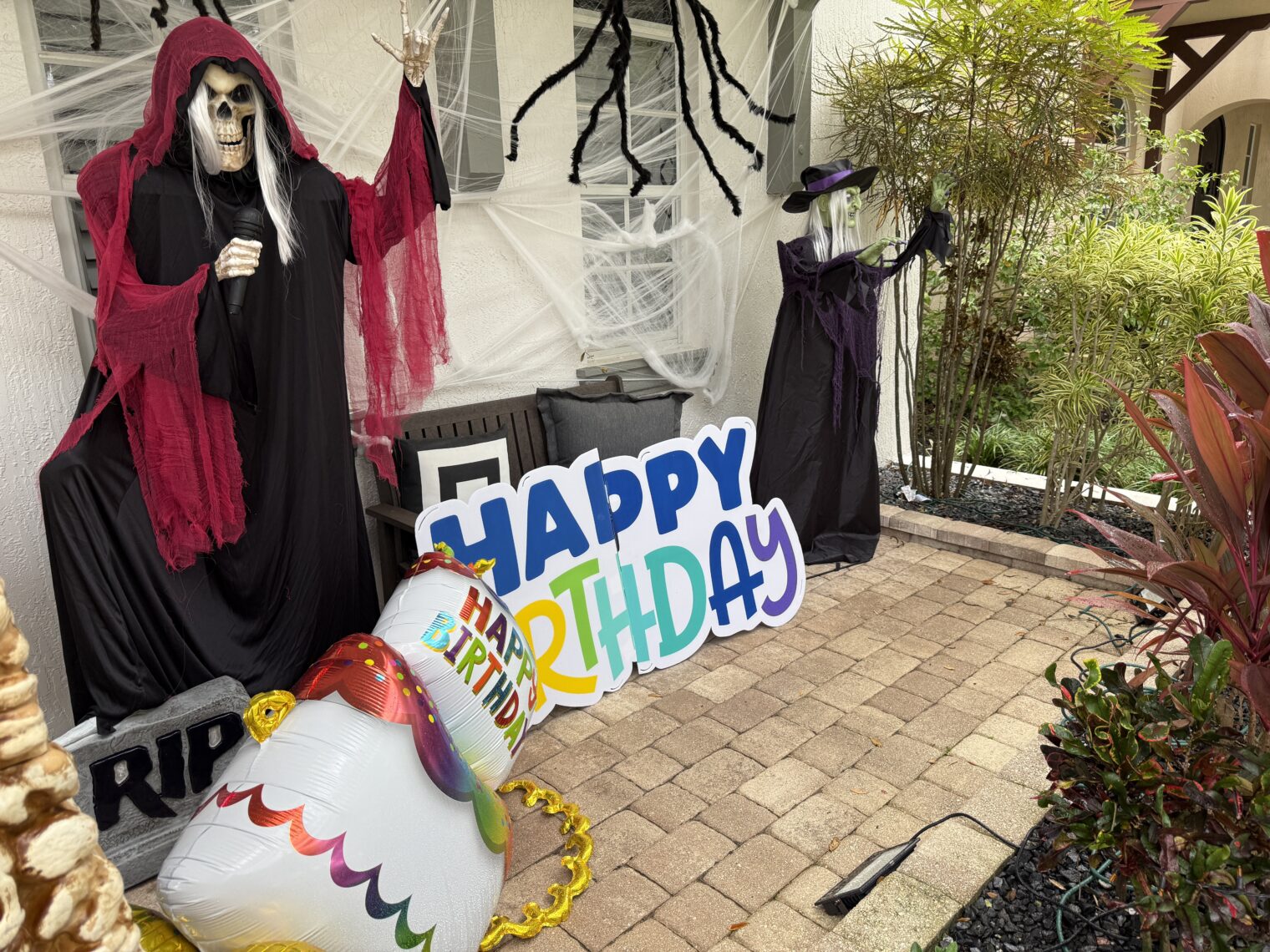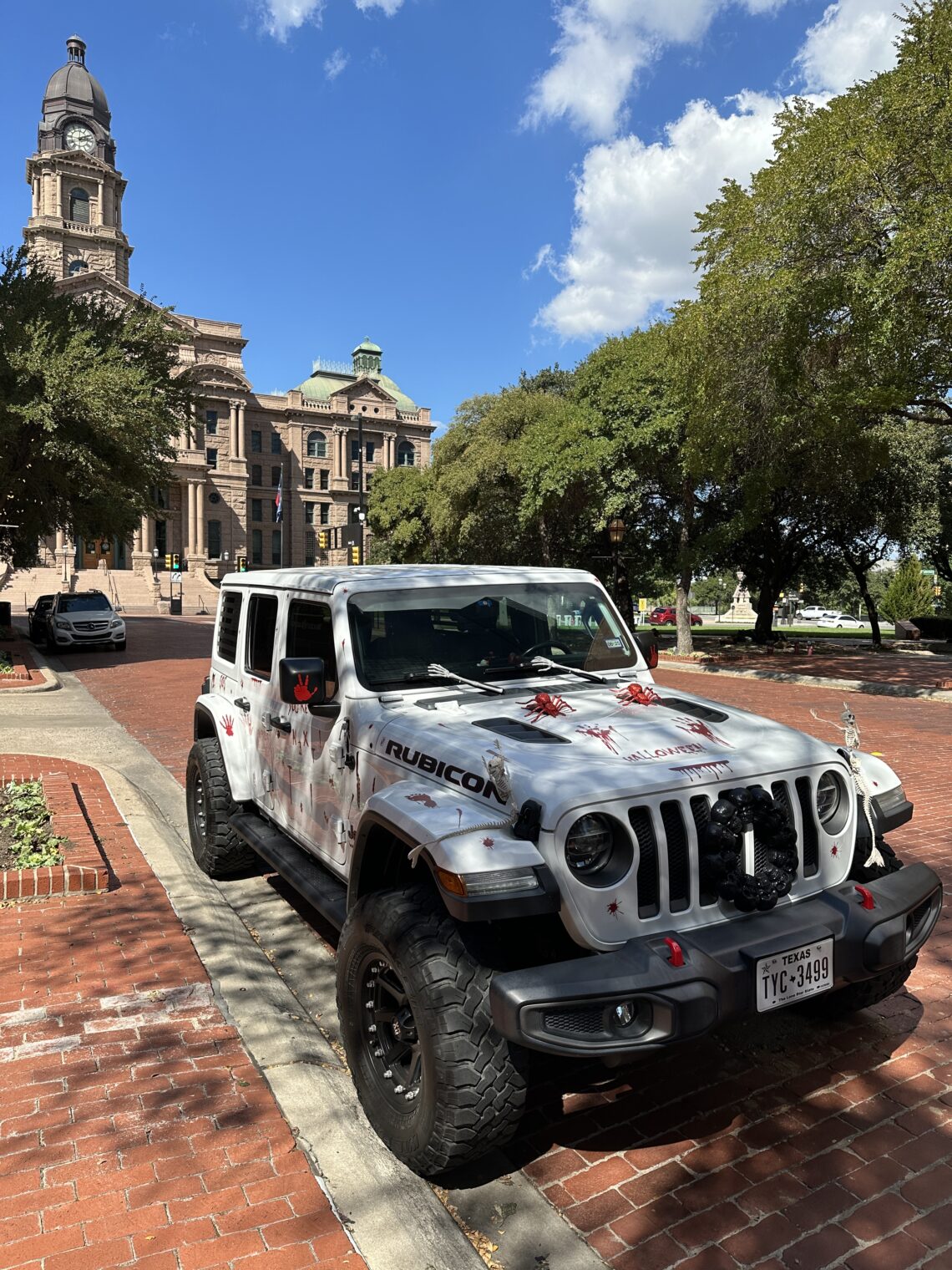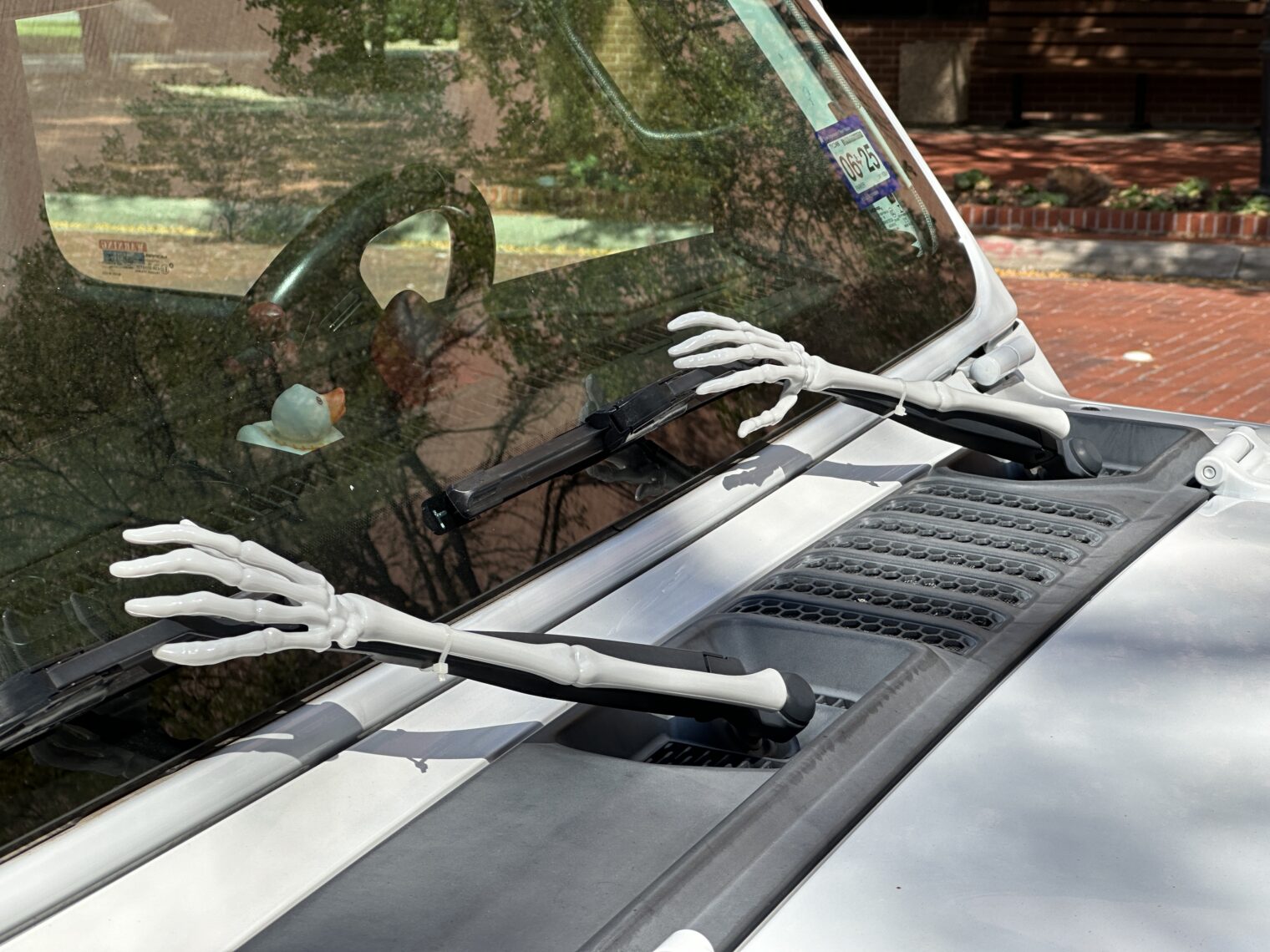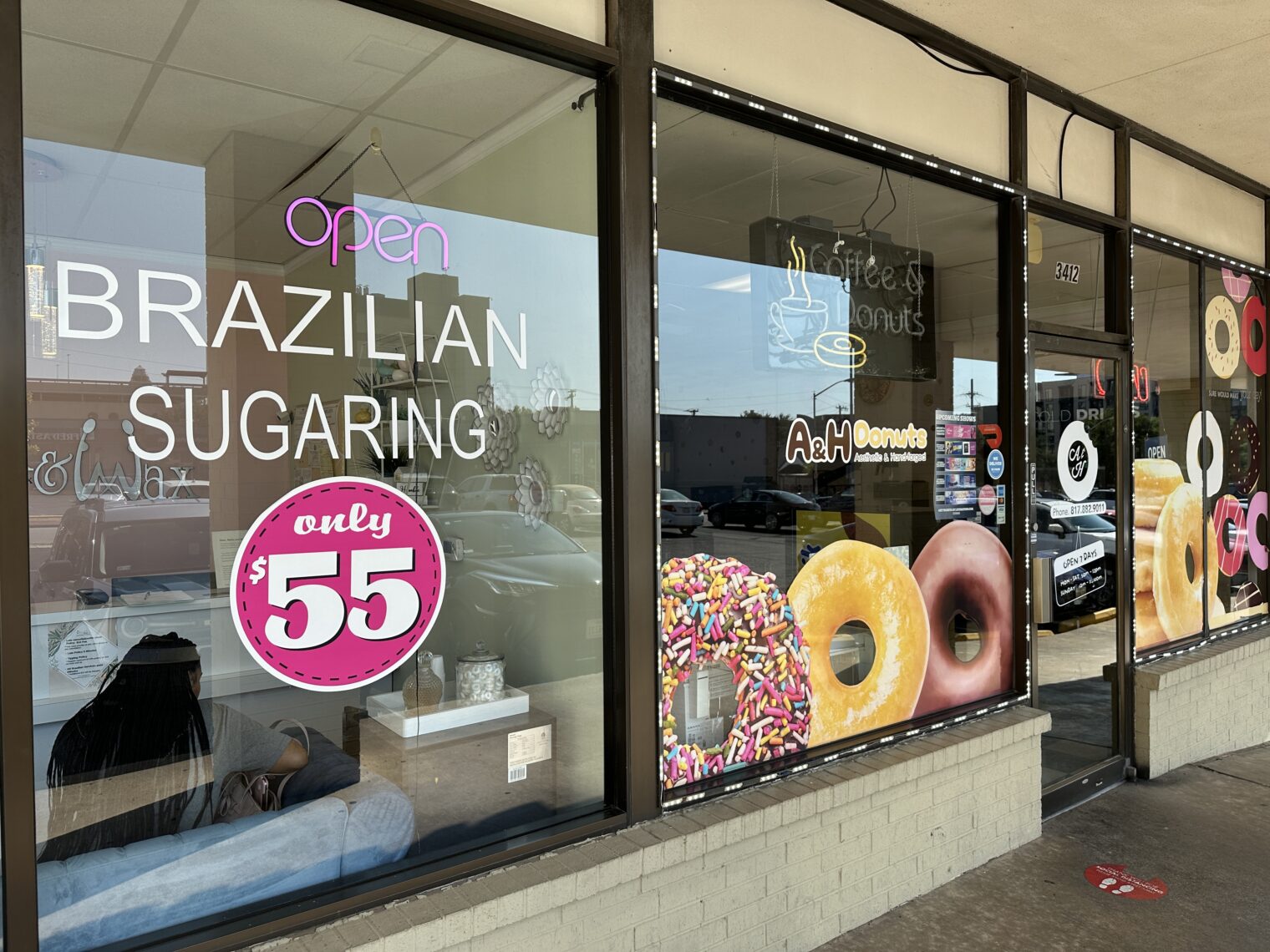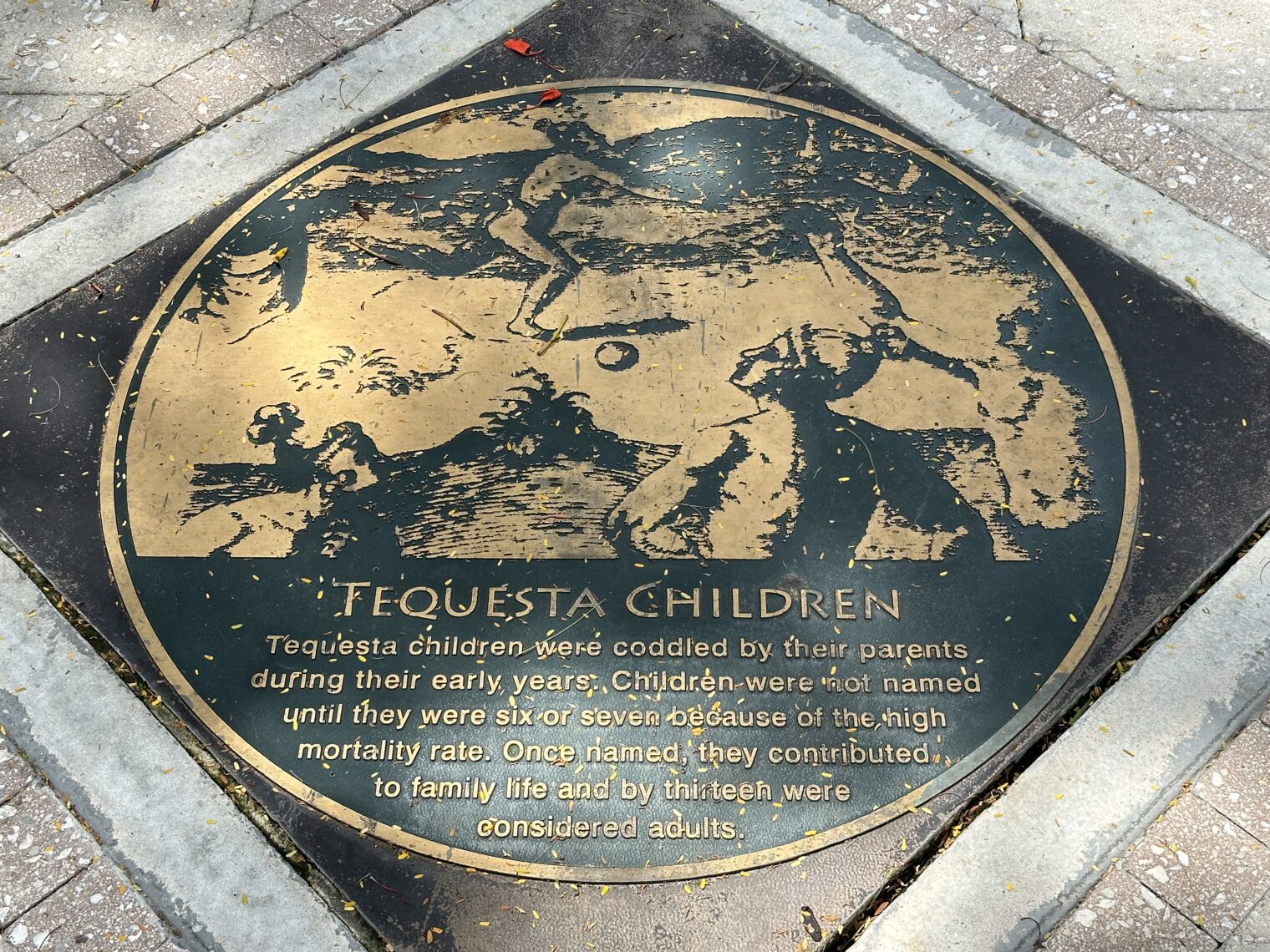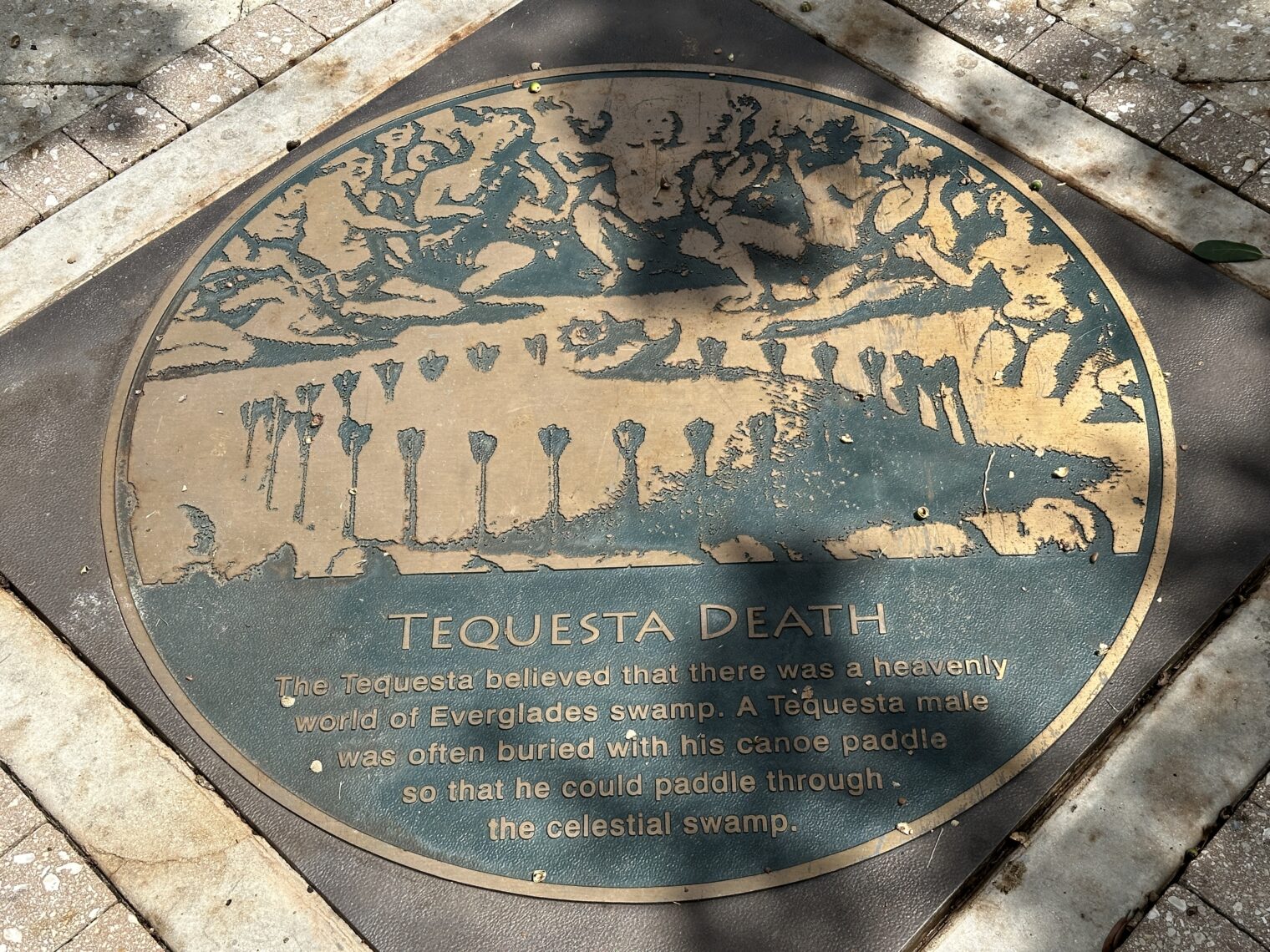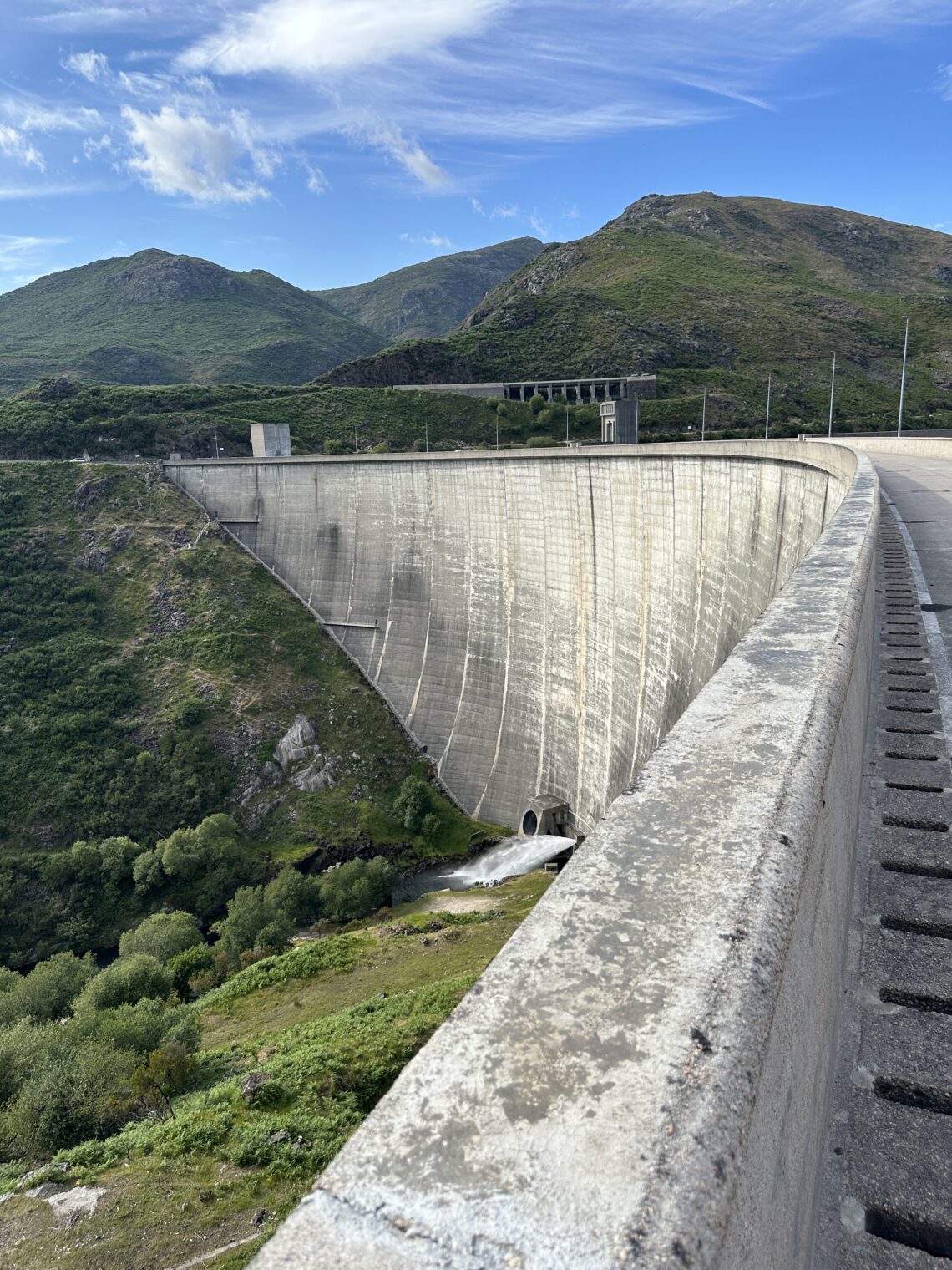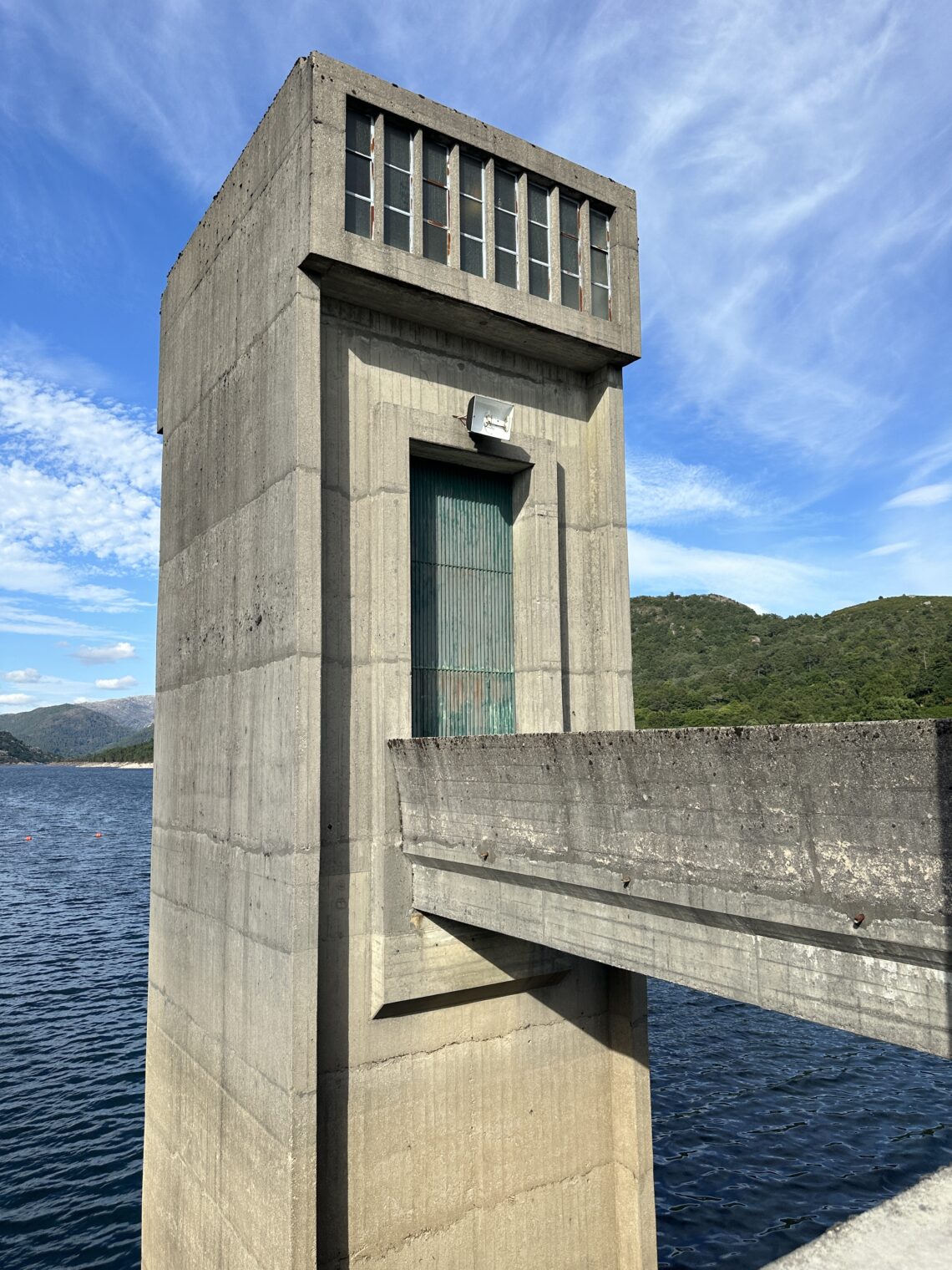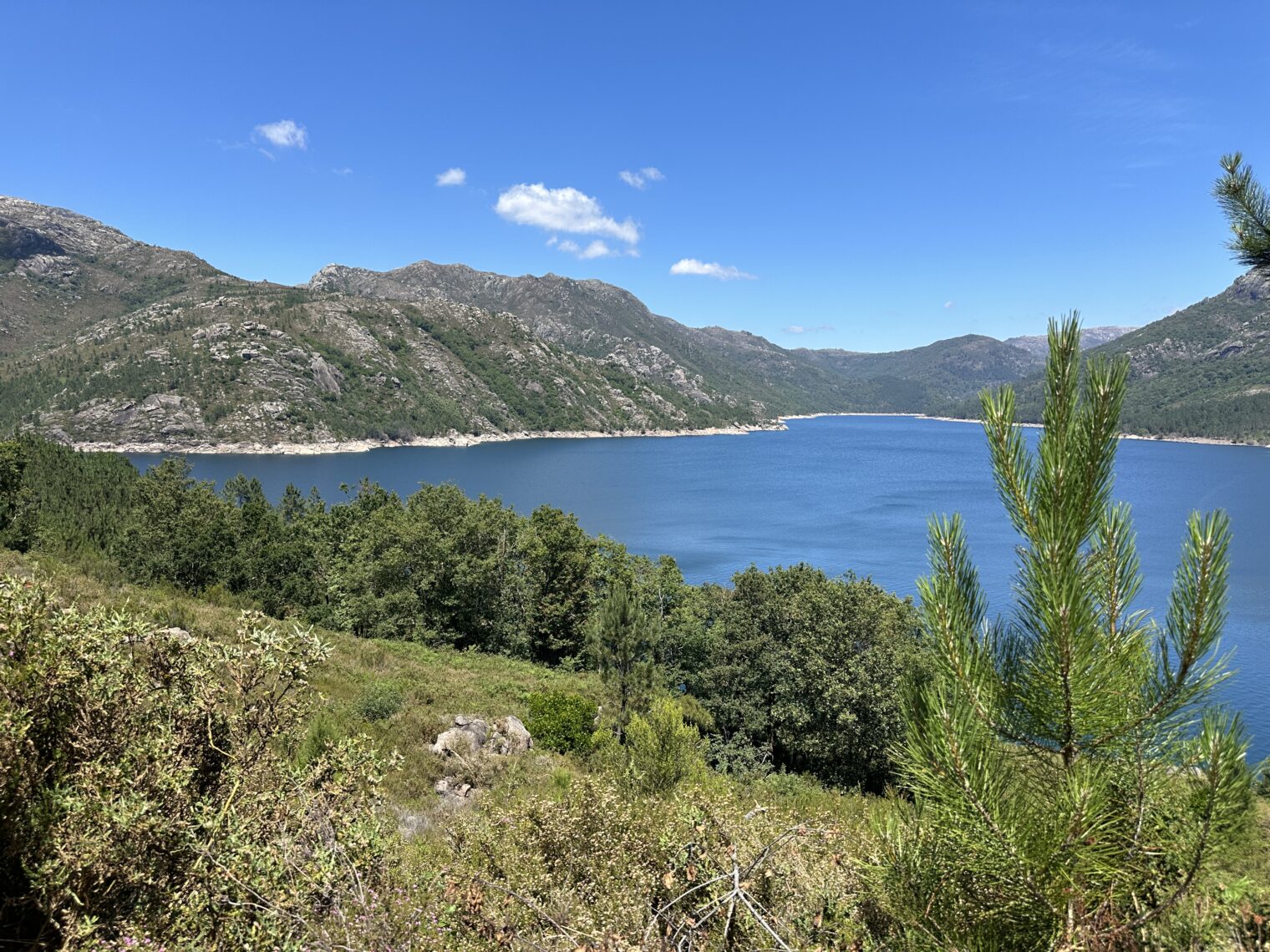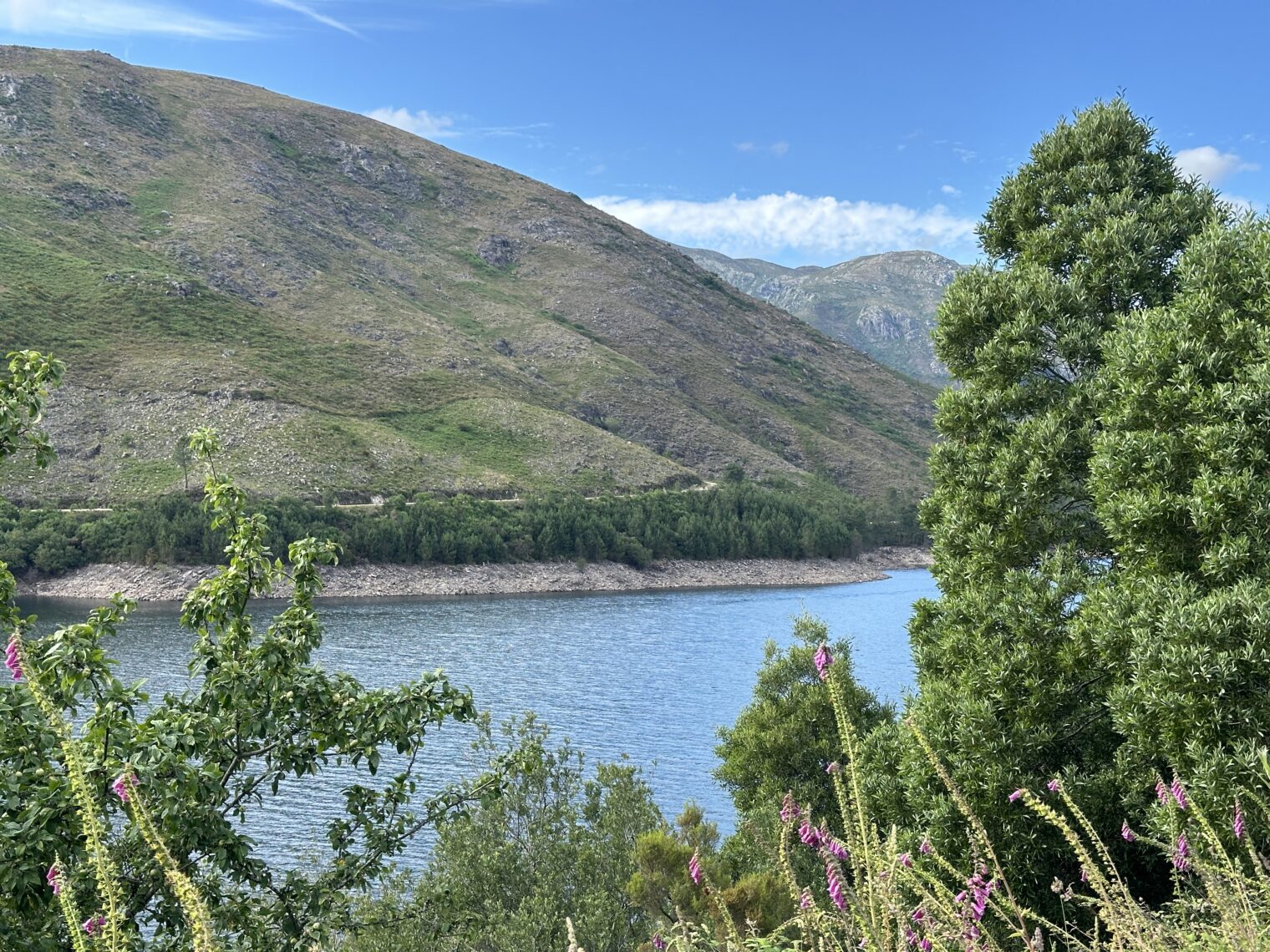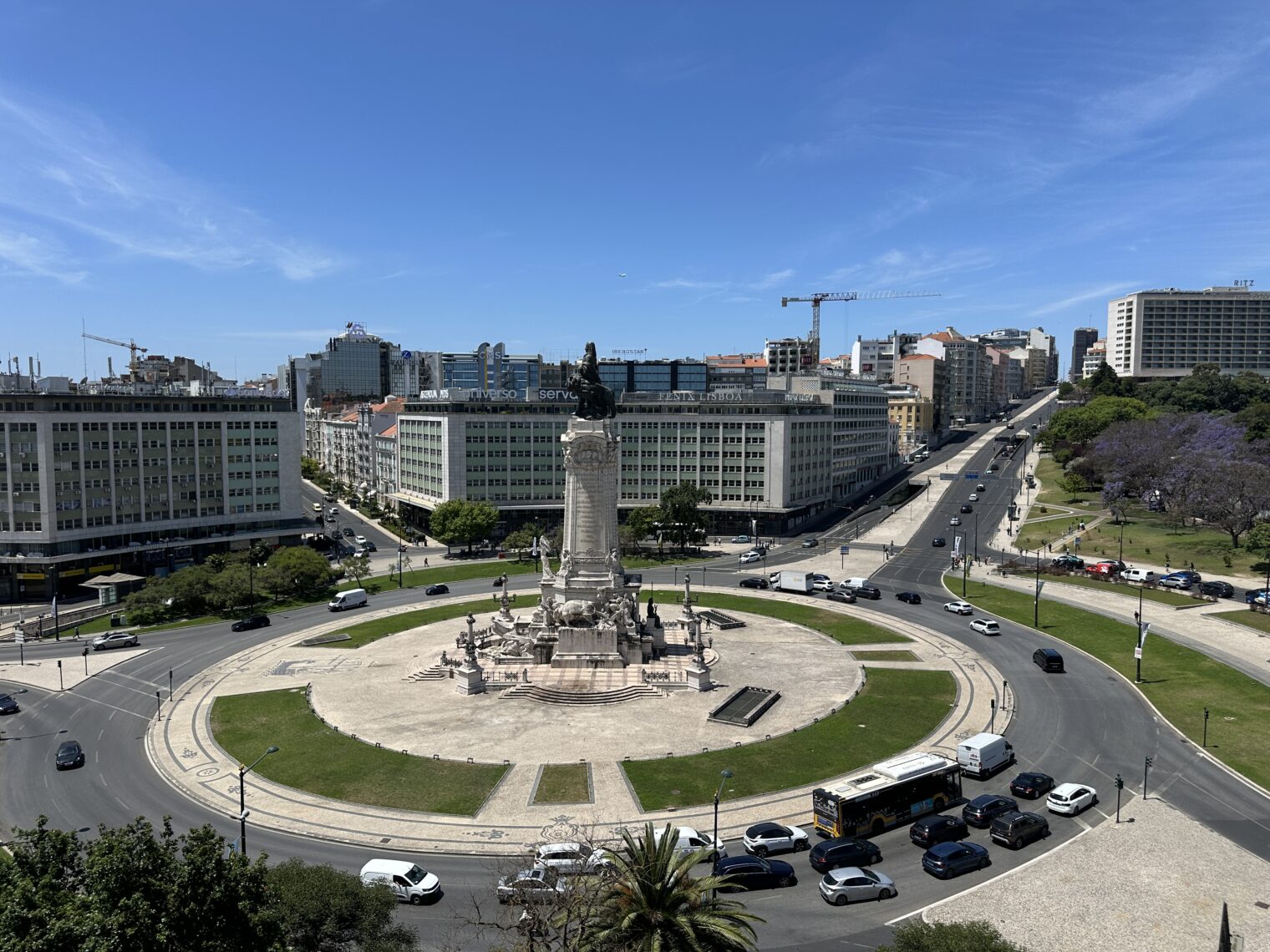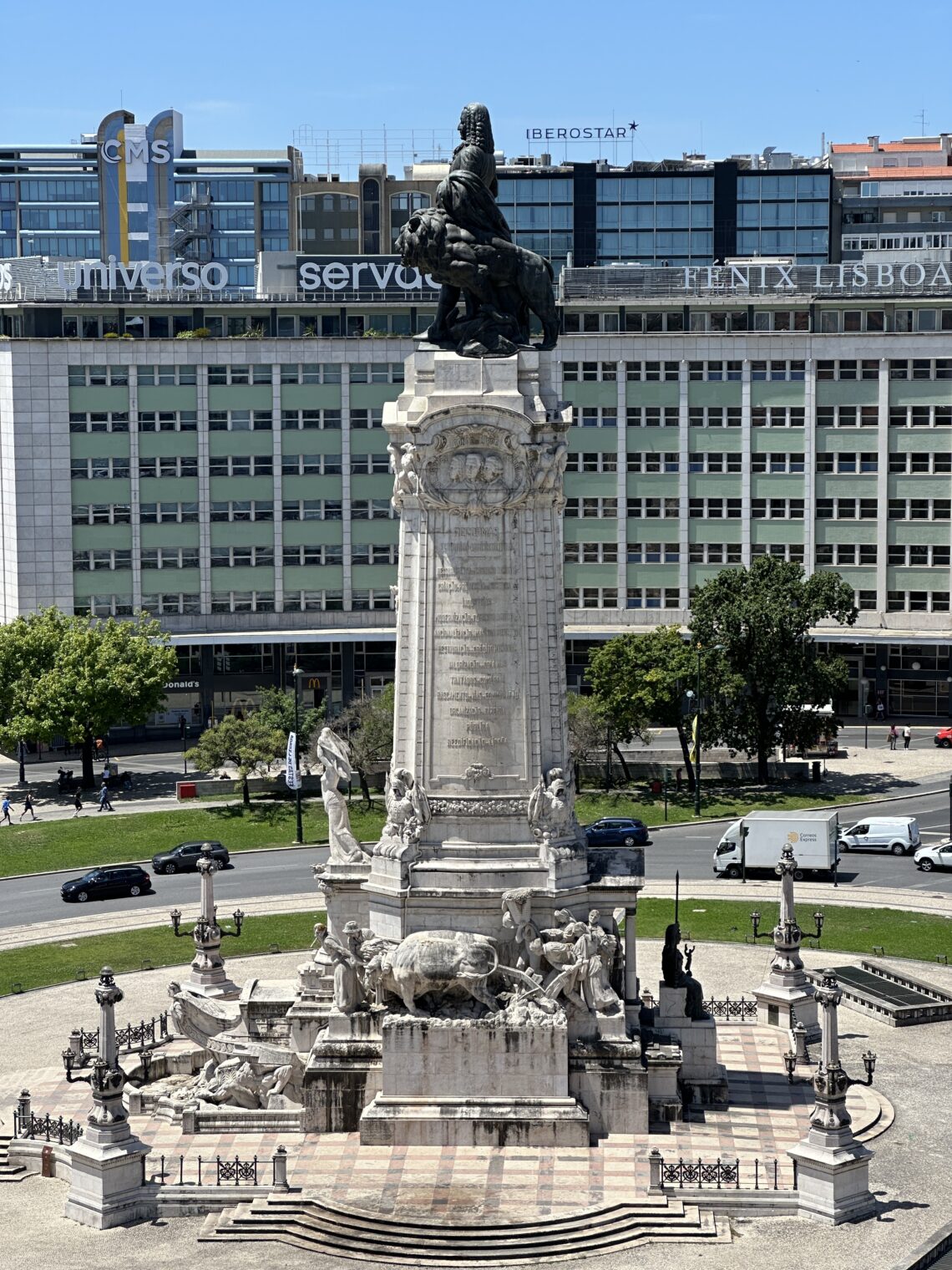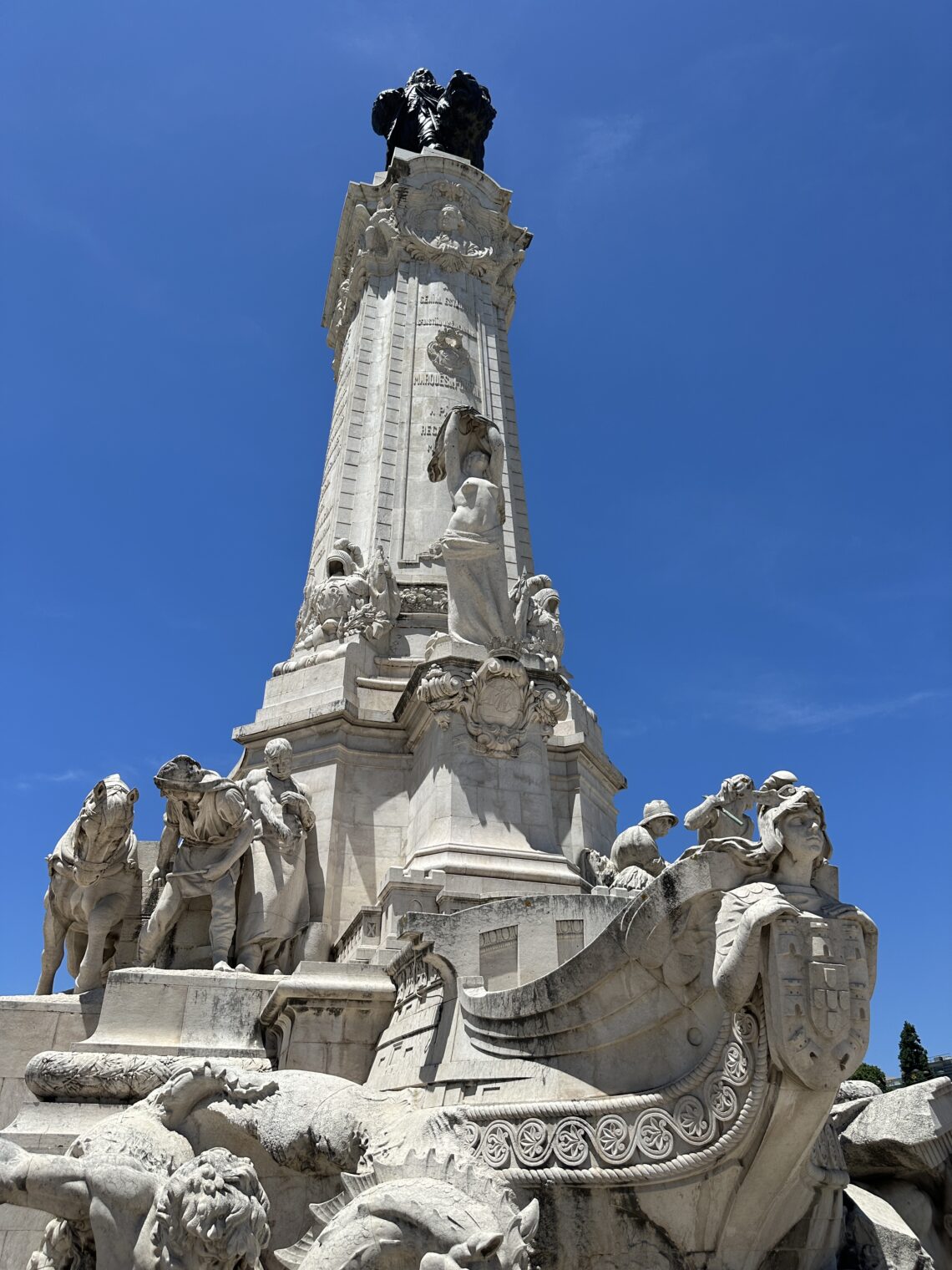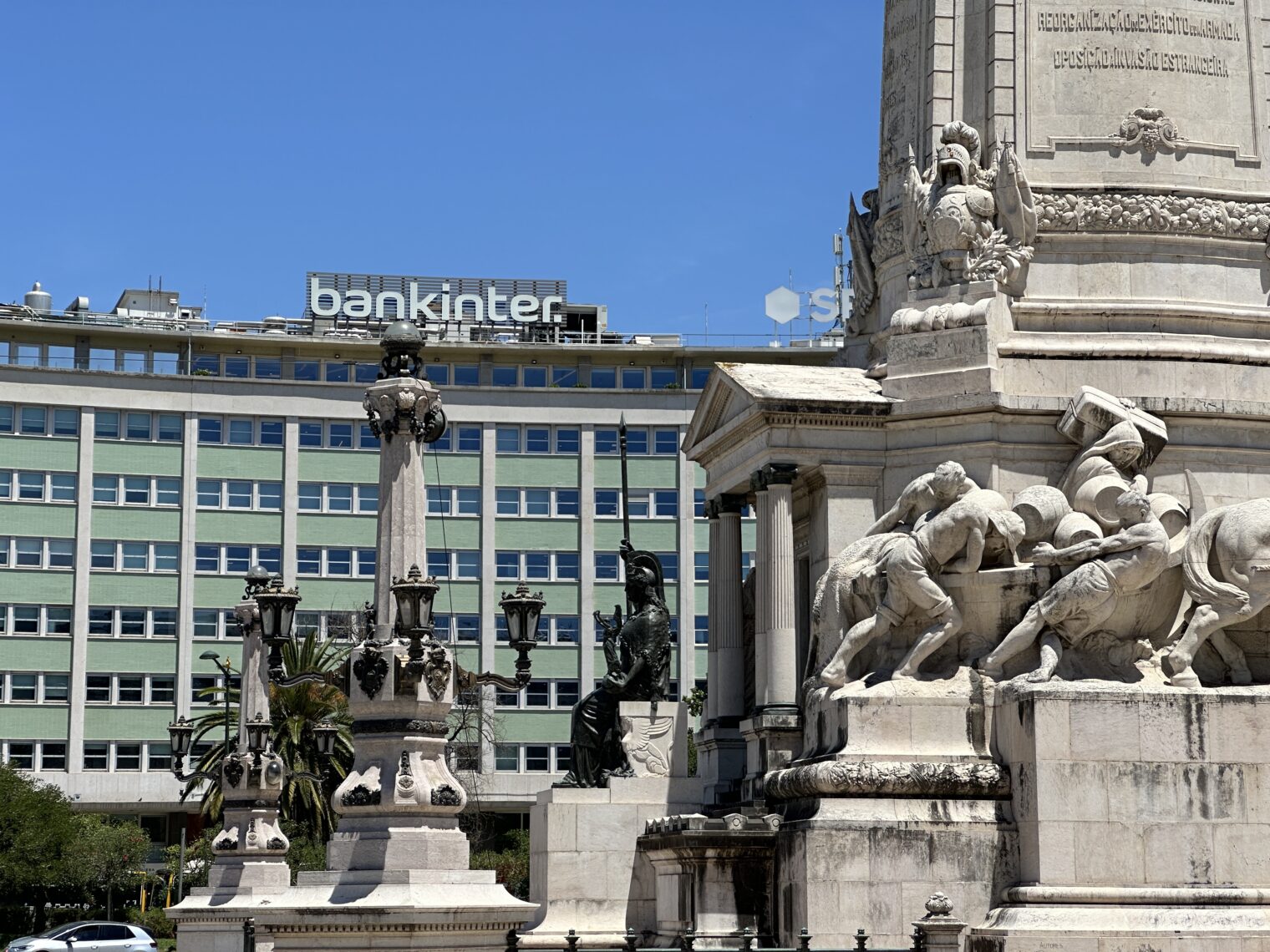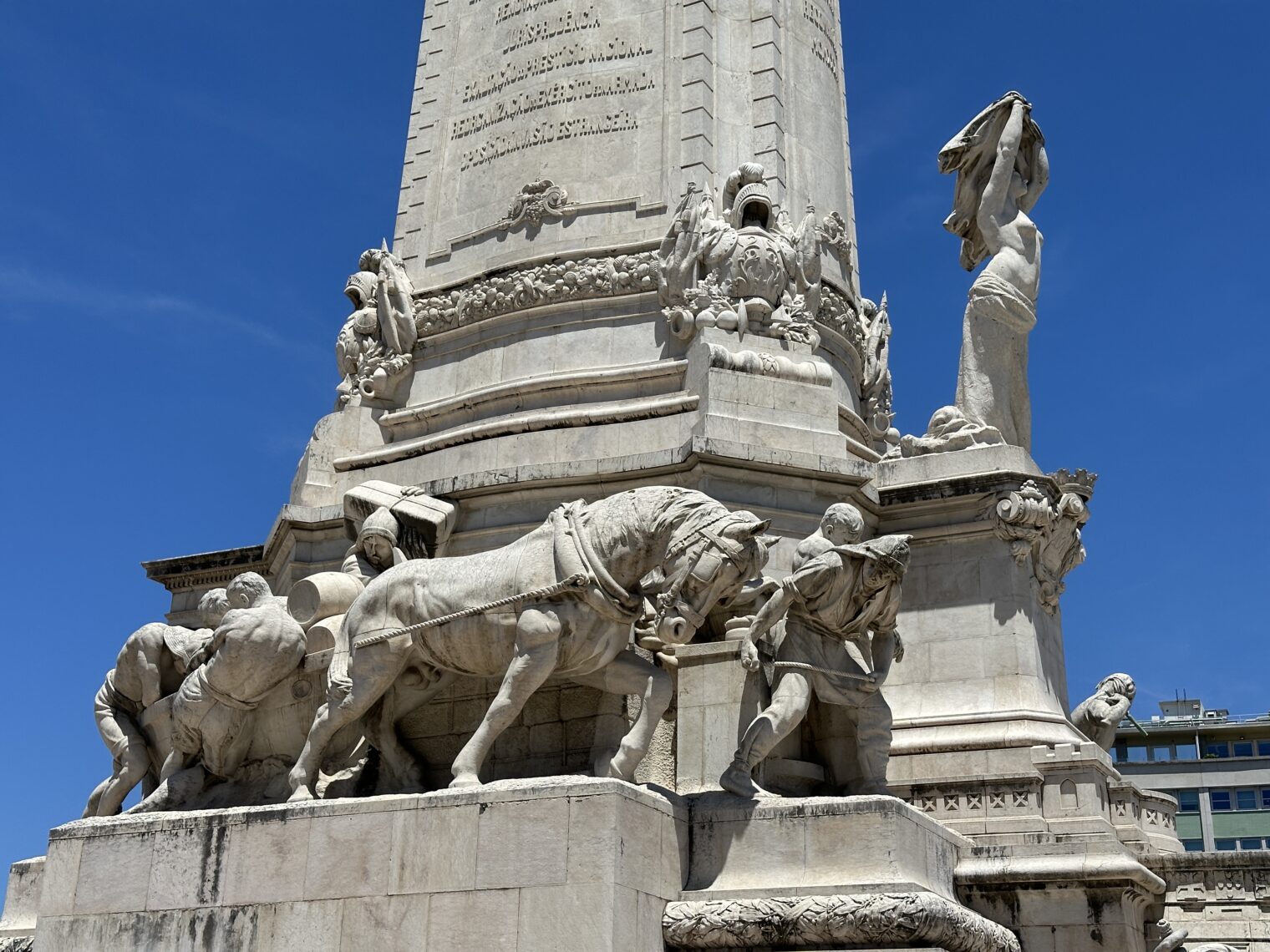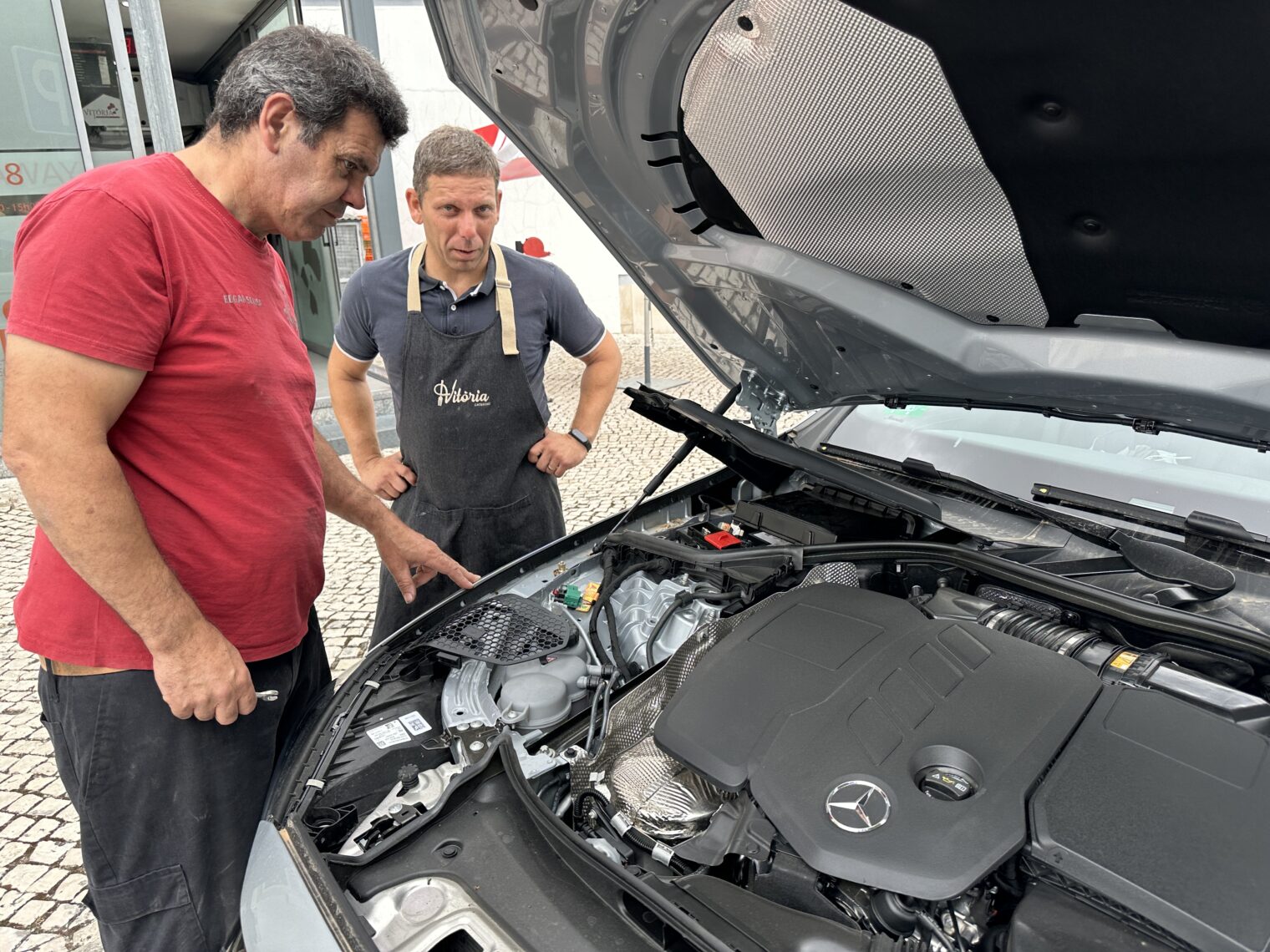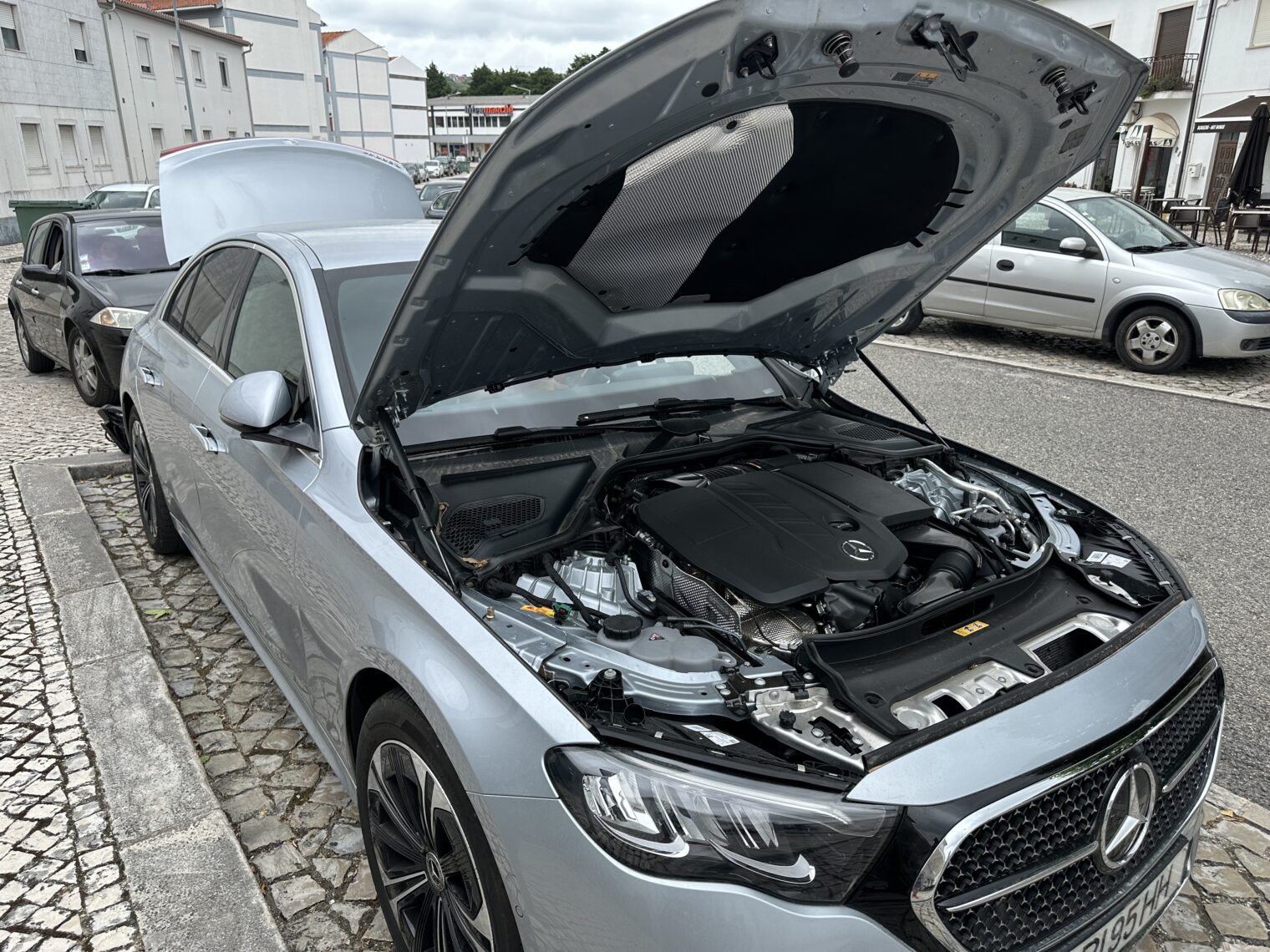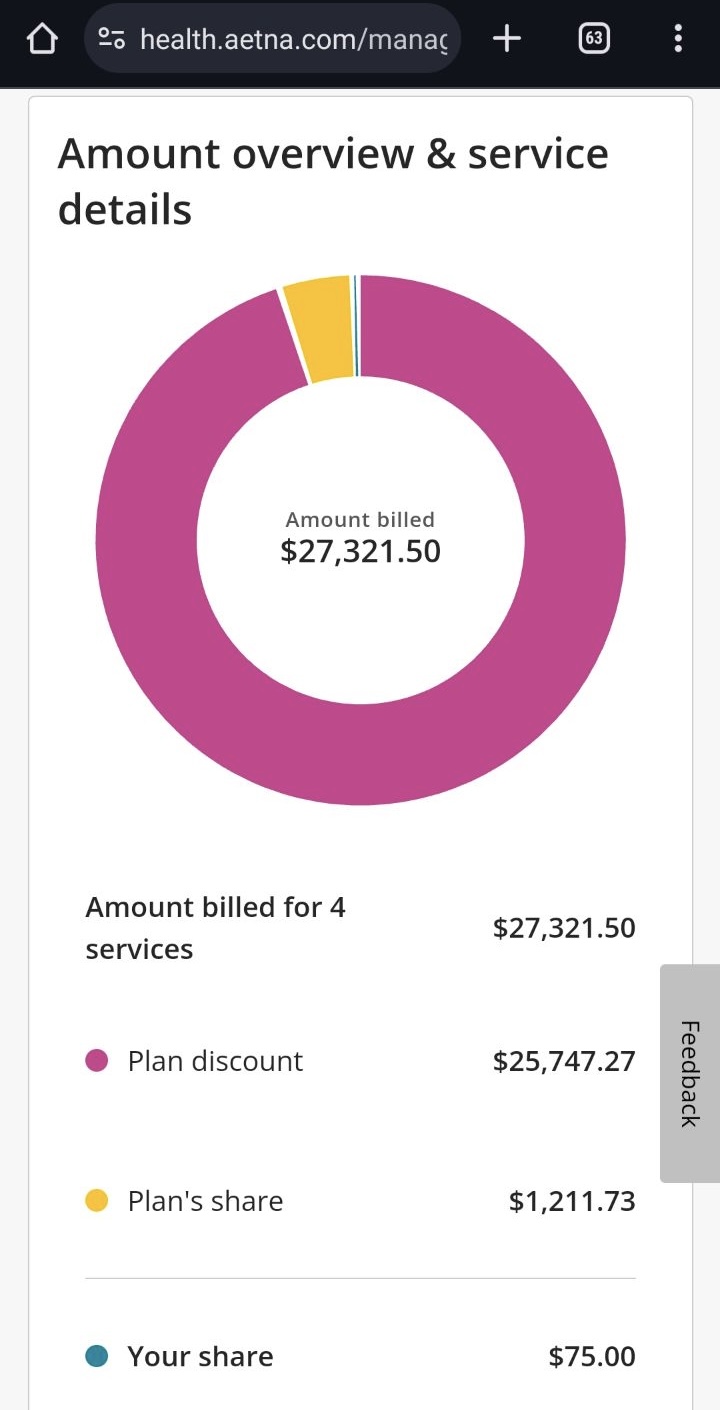A Scientific American article, as presented by Apple News:
There are “unprecedented threats” against American children who identify as 2SLGBTQQIA+ (I won’t hatefully exclude some categories, as the headline authors did by citing only “LGBTQ”). In other words, it was better to be gay in the 1950s or 1850s compared to now.
The article in Scientific American contains the “unprecedented threat” language in a subhead:
Families Find Ways to Protect Their LGBTQ Kids from Serious Harm—Physical and Mental—after a Flood of Discriminatory Laws
Hostility toward LGBTQ kids, enshrined in hundreds of new bills, has put families with such children under unprecedented threat, raising risks of suicide and physical attacks
Hate has spread beyond Florida and Texas:
She had moved her family three times over the past six years. Her house in New Hampshire was shot at—possibly by someone aiming at thce [sic] rainbow signs in her front yard. In 2022 she fled to Massachusetts, which seemed to be safer for her child, Grey, who is transgender. But whenever she hears the words “safe state,” a thought pops into her head: “Austria felt like a safe place in World War II, too.”
For the time being, Grey feels like they are in a good place mentally. (For their personal safety, the names of young people and their parents in this story have been changed.) They have found a community that sees them for who they are and a state that allows them to receive the gender-affirming care they need.
On a recent trip to Piedmont and Berkeley, California I was informed that there is more hate than ever in California and the U.S. generally and it is all the fault of Donald Trump, despite his departure from a position of power more than three years ago. I asked for how many more years Trump could be blamed, but received no answer.
How many of us are hated because of Donald Trump? At least 1 out of every 4 young Americans, according to Science:
Given the large number of young people who identify as LGBTQ—about 25 percent of high school students are not heterosexual, according to a 2021 survey…
Science says that states that reel in the 2SLGBTQQIA+ should expect to have a population in poor mental health, though this is not because of anything inherent to the 2SLGBTQQIA+ lifestyle:
Compared with other kids their age, LGBTQ youths are at higher risk of numerous mental health issues, including depression, anxiety, substance abuse, self-harm and suicide. These health issues have been largely ascribed to minority stress, the consequences of social sources of tension that come with a marginalized identity. These stressors are not an innate part of an LGBTQ identity. Rather they emerge from experiencing repeated prejudice and powerlessness.
Here’s a strange one: a Floridian considering fleeing has “passports ready”. Where in the world is more friendly to the 2SLGBTQQIA+ than a Democrat-ruled U.S. state, such as California or Maskachusetts?
Another parent, a single father to a 12-year-old trans boy in Florida, says he can no longer protest anti-LGBTQ bills, because it raises risks of repercussions for his child. “You always balance out your ideals, your principles, your goals as a citizen with the needs of your family,” he says. He has developed an exit plan in case his home state becomes even more hostile. He has passports ready and is prepared to quit his teaching job and start his own company, moving to another state or abroad if necessary. Being able to think about leaving, a privilege he recognizes many parents do not have, has bolstered his mental health.
That said, even Maskachusetts isn’t safe, according to Science:
Yet even now, in an apparently safer place [Massachusetts], she and her husband still find themselves trying to protect Grey from the news, transphobic relatives and hostile people on the street. Recently the three of them went for a walk through their city. Tamara noticed that they had fallen into “bodyguard mode”: one parent in the front, one parent in the back and their only child in between.
Circling back to the original topic, is it Scientifically correct to say that hostility toward 2SLGBTQQIA+ ideas and people is “unprecedented”?
Full post, including comments 